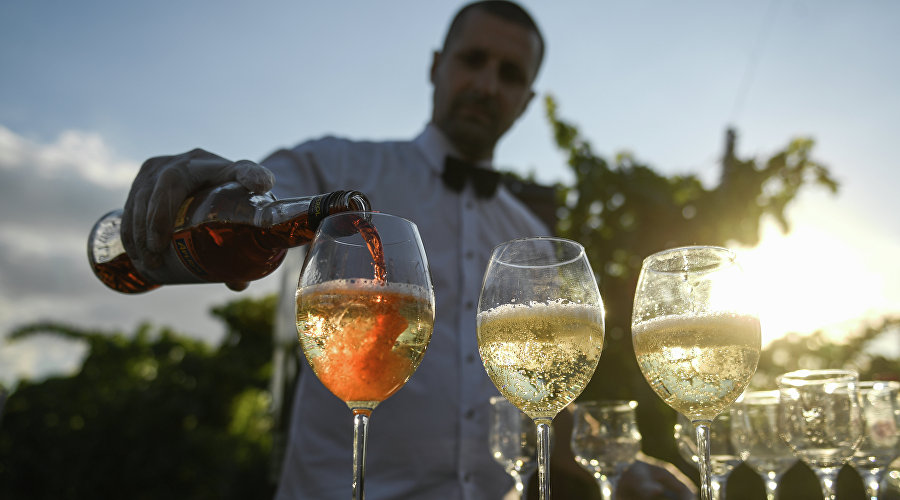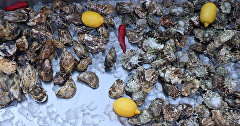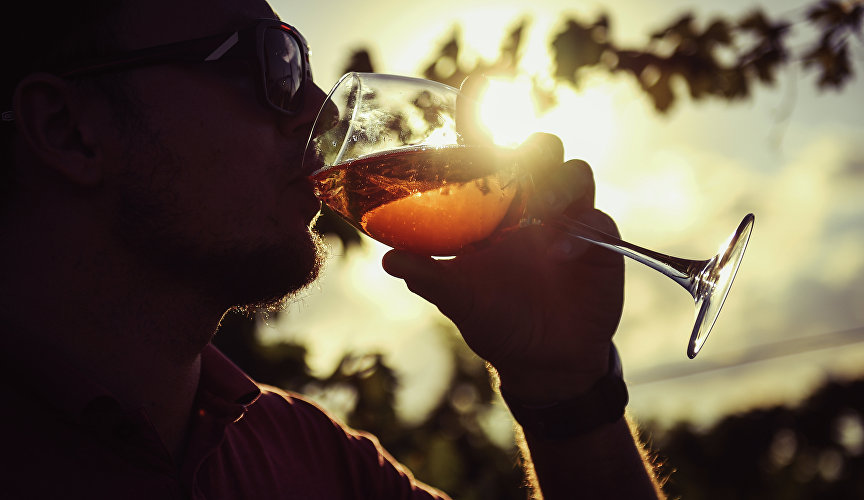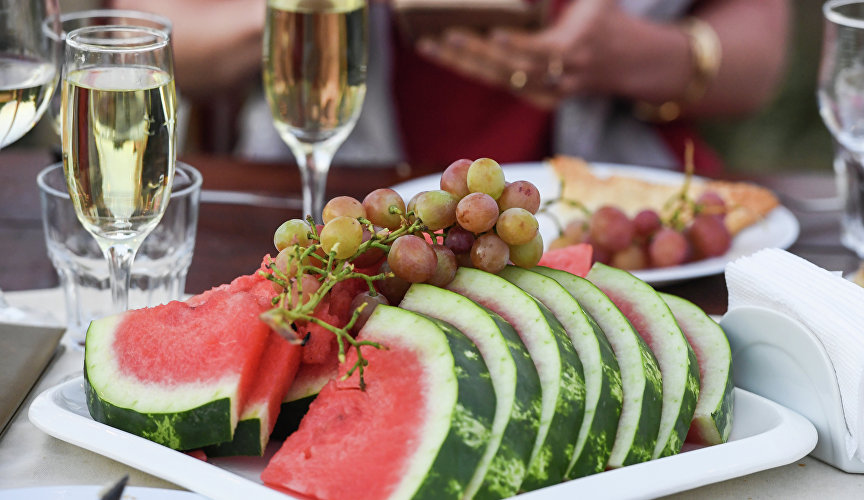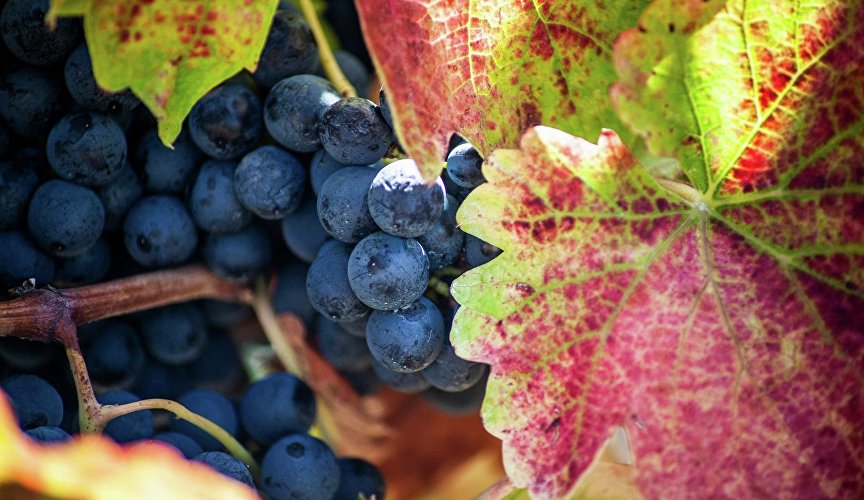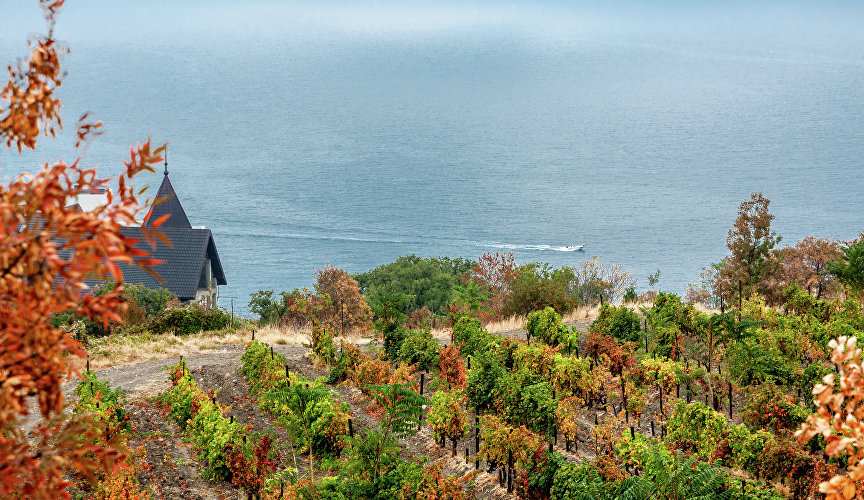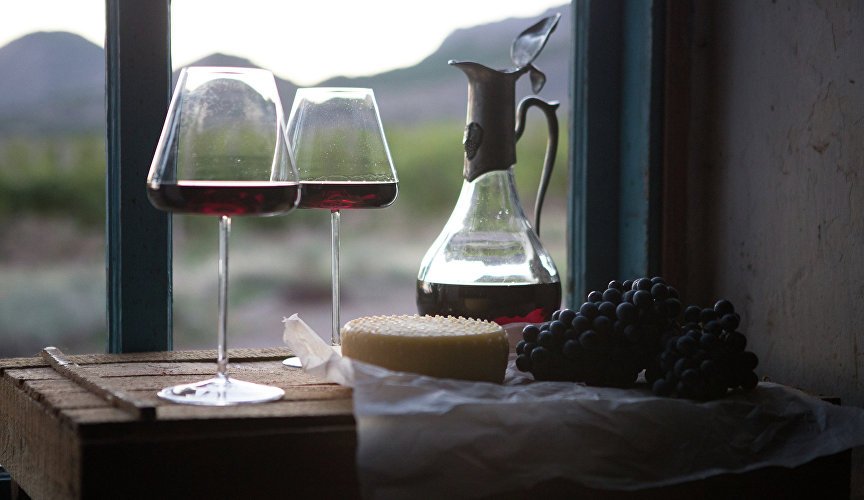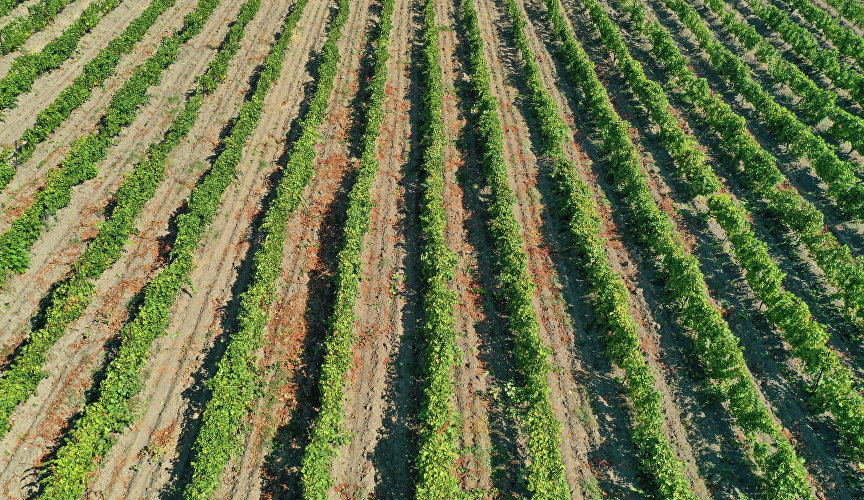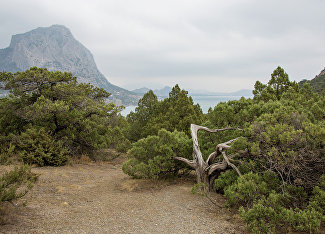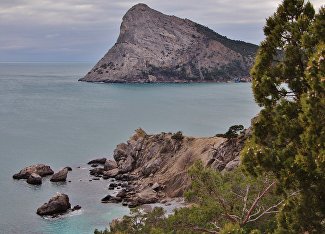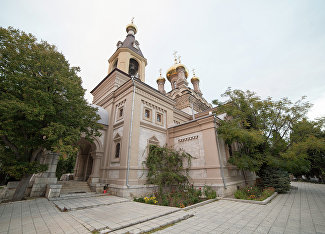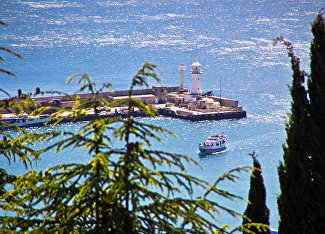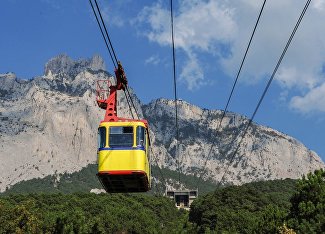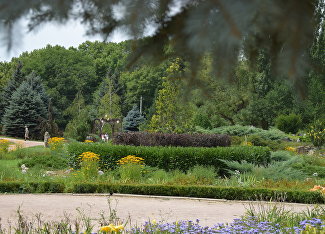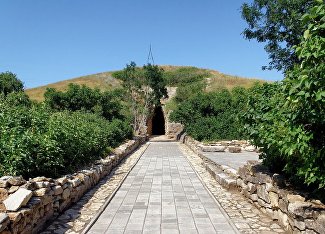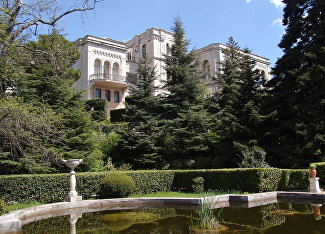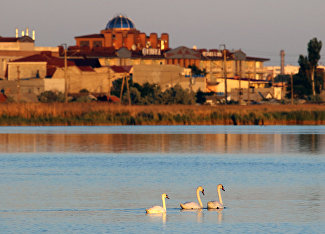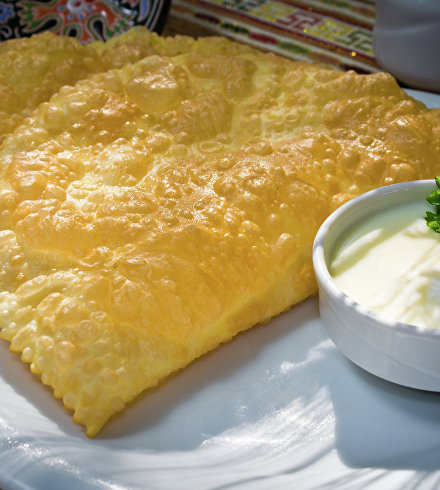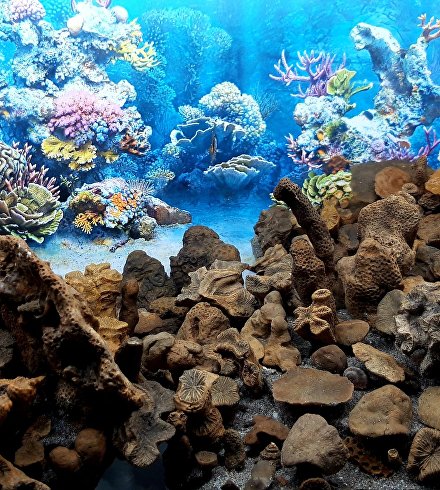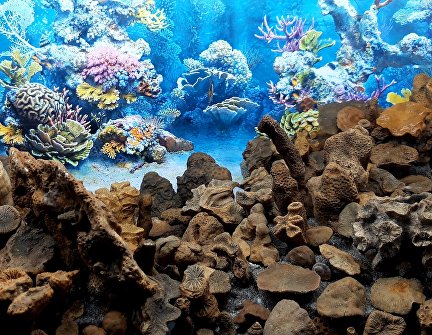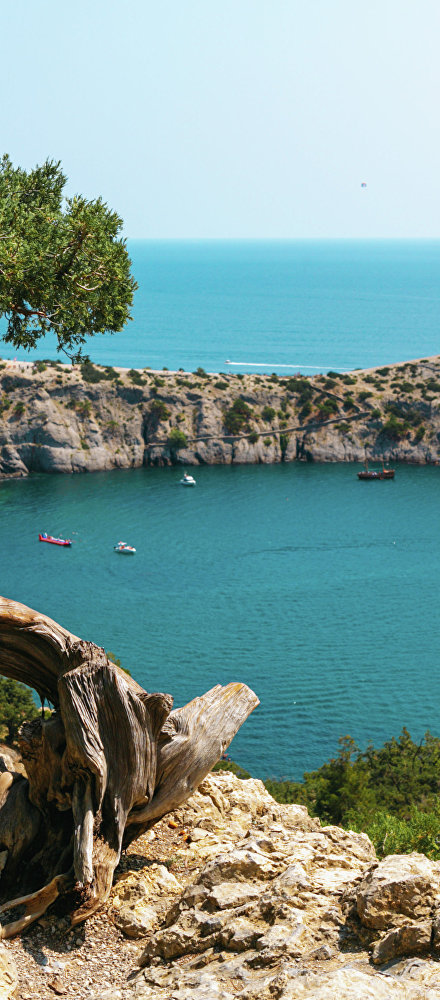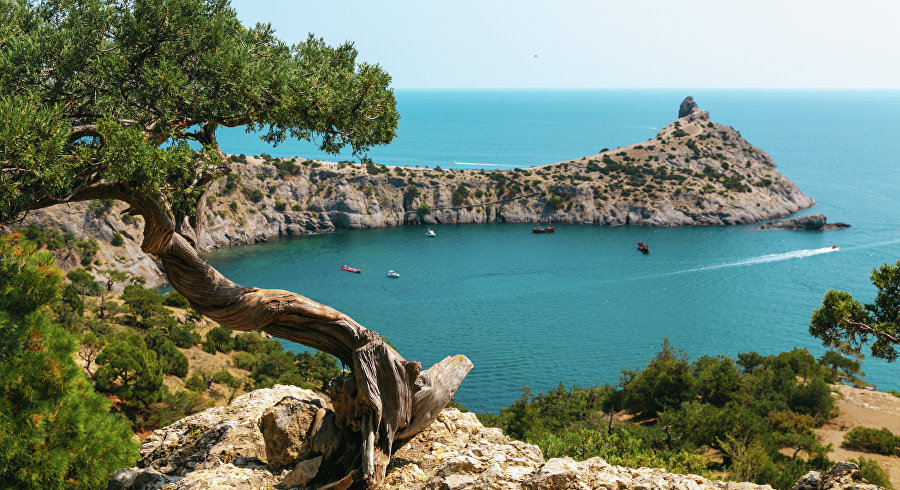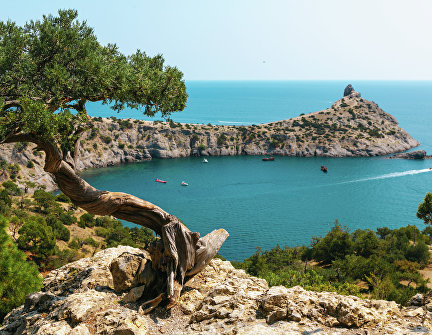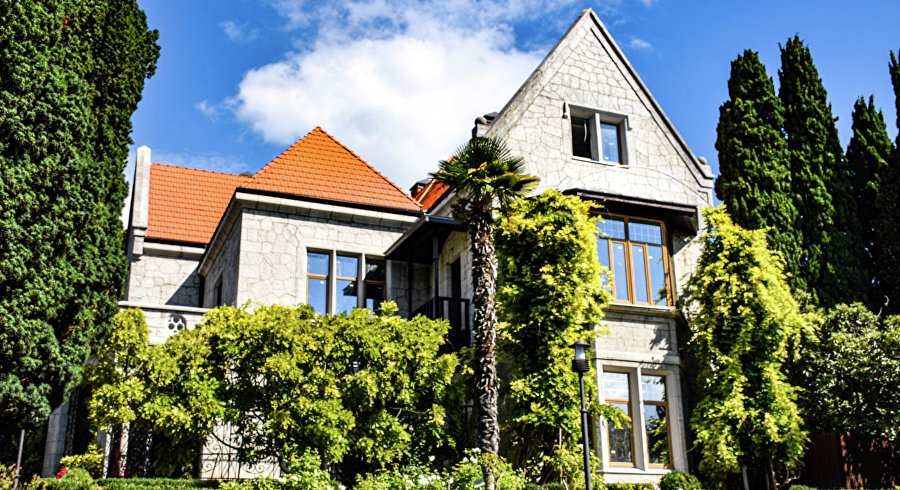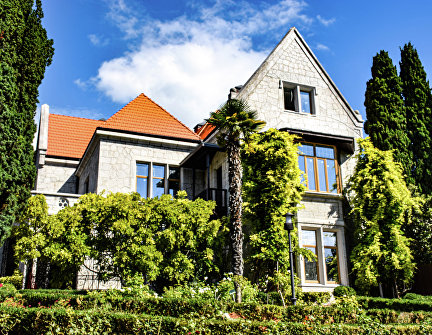If you have a dream to taste Crimea, experience the feeling of heady with joy and freedom, mixed with the smell of the sea and faded autumn leaves, then you should definitely have a "walk" along the "wine road" of the peninsula. It is there, on these "roads", that you will collect the maximum taste impressions and will definitely want to come back here again. Let's verify?
What the Wine Road of Crimea is
This is a circular wine and gastronomic tourist route, developed on the initiative of the Ministry of Resorts and Tourism of the Republic of Crimea. Without exaggeration it is a new pearl of wine and gastronomic tourism in Crimea.
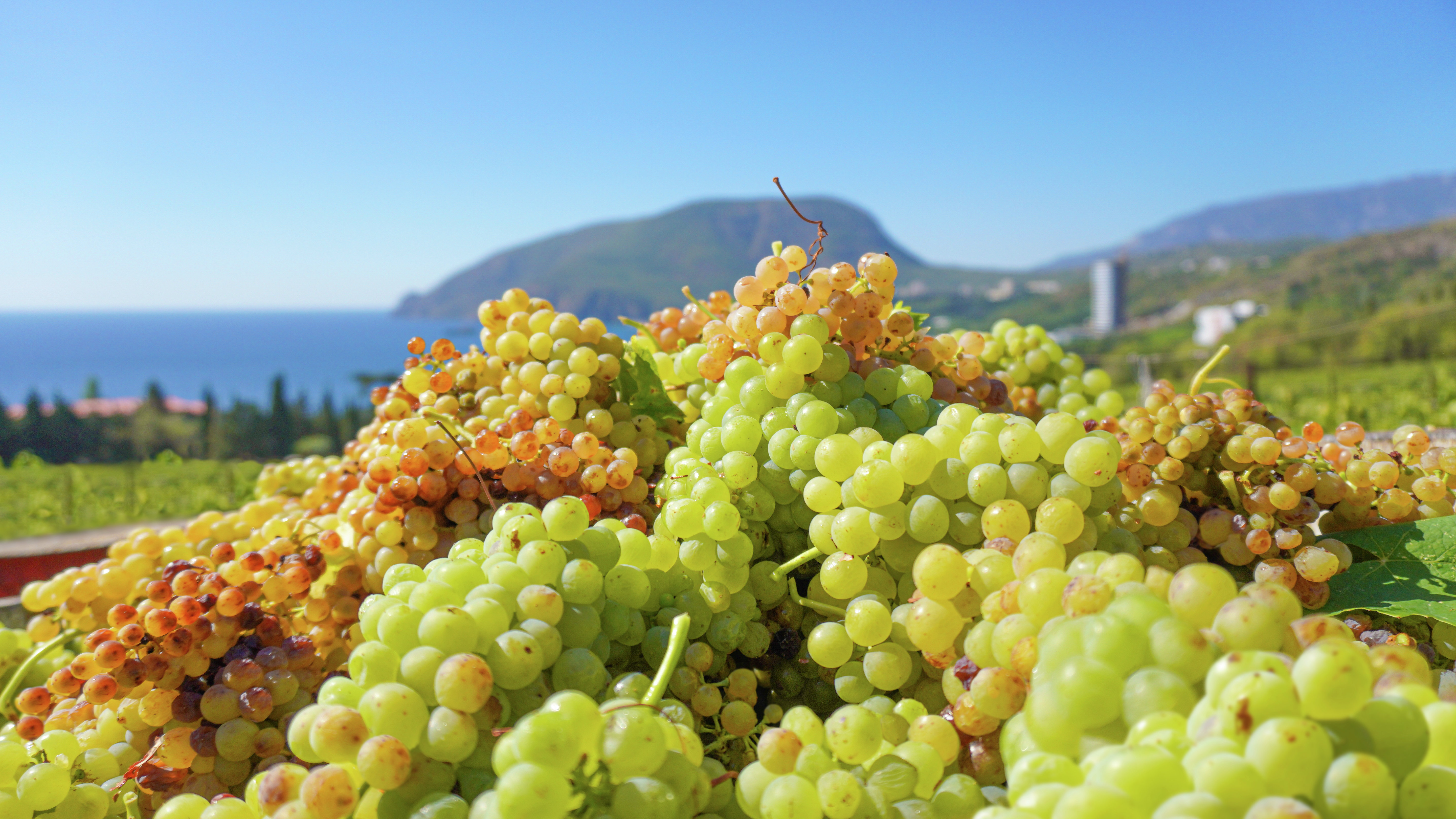
"Wine tourism is a great opportunity to taste wines of the terroir, see a vineyard, look into a press for grapes squeezing and, most importantly, talk with winemakers. After all, who else will tell you better about their product? Today in Crimea more than a dozen brands of excellent wines are produced. Thousand-year traditions and unique wine-making secrets inherent only in this region make popular not only legendary brands, but also experimental varieties of author’s original wines. Most of them are obtained from grapes that are ripened in small territories with their own climatic characteristics. Undoubtedly, the "Wine Road of Crimea" is a thread that connects the pearls of the peninsula wineries", — Vadim Volchenko, the Minister of Resorts and Tourism of the Republic of Crimea, emphasizes.

What is included in a wine and gastronomic tour
* excursions according to the theme of the project
* visit and tour of winery territories, excursions to the winery premises and/or vineyards
* tasting Crimean wines at the visited wineries
* tour of monuments of history, architecture, art and archeology, natural attractions, visiting museums, art galleries, exhibitions, etc.
* visiting the farms of Crimean delicacies producers, including an oyster farm, a cheese dairy, an apiary, tasting local organic products
* three meals a day
* accommodation in hotels.
Itinerary of the Wine and Gastronomic tourism Route
The route starts from Simferopol and goes along the south-eastern Crimea, the south and the south-western coasts. At the same time, Crimean tour operators are ready to offer a variety of wine tour programs lasting from 2 to 5 days, which cover either the entire route, or only a certain part of it. However, it should be remembered that each region has its own "wine" specialization.
What the "wine" specialization of the regions is
* Eastern part of Crimea (Koktebel, Sudak, Solnechnaya Dolina): dry wines from local, including exclusively local (autochthonous) grape varieties Kokur and Kefesia. Sparkling wines produced in Noviy Svet are no less famous.
* South Coast − dessert and fortified wines: port, sherry, Madeira, legendary Crimean Muscat.
* Western region − the outskirts of Sevastopol, Balaclava and Bakhchisaray district: sparkling wines, as well as dry and semi-dry wines from such popular grape varieties as Cabernet Sauvignon, Pinot Noir, Sauvignon Blanc, Chardonnay, Syrah, Malbec and Riesling.
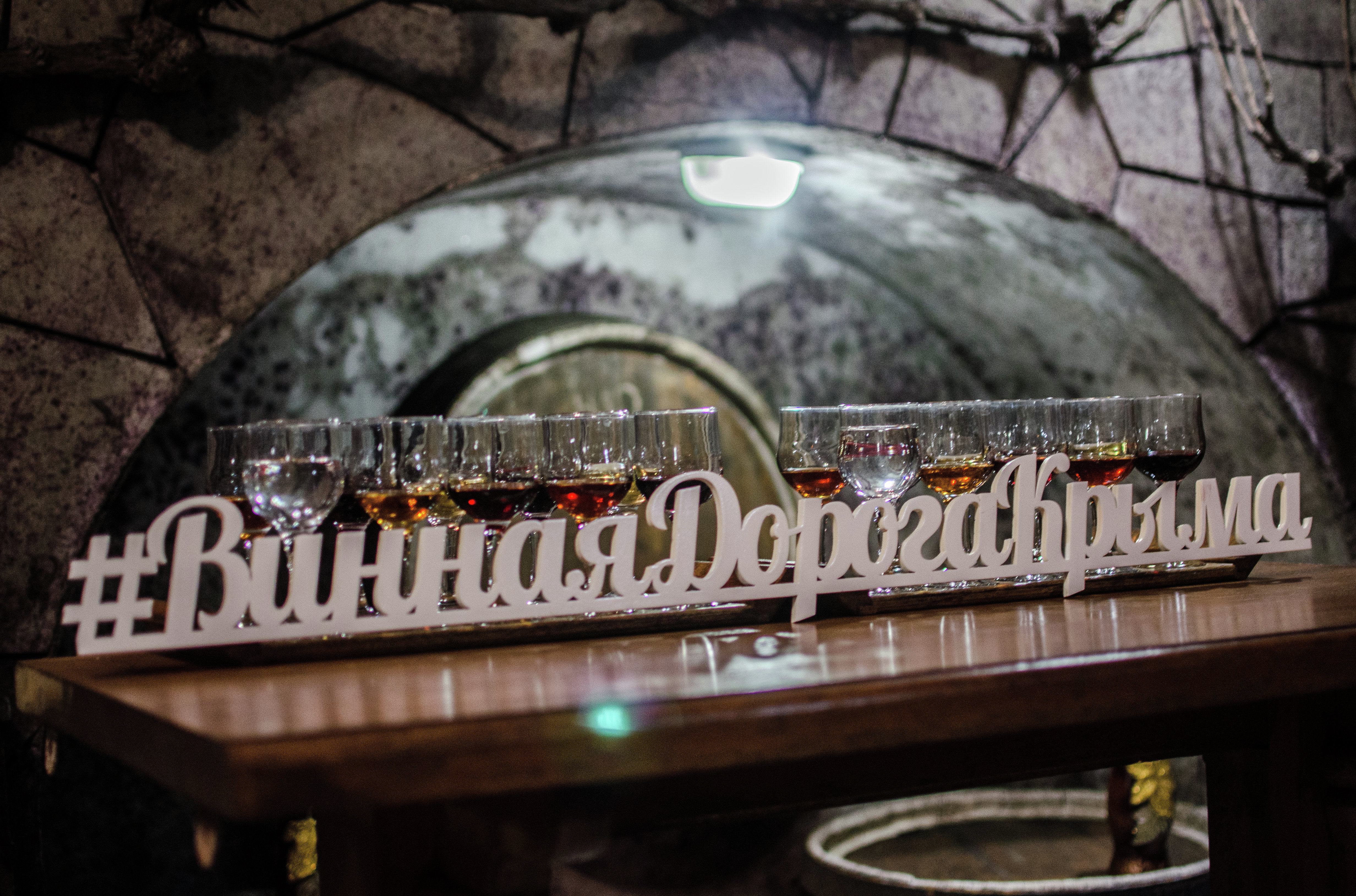
Which wineries take part in the project
The Wine Road of Crimea includes 15 wineries:
1. Massandra Winery (Massandra, Greater Yalta)
This one of the oldest enterprises in Russia was founded in 1894 by Prince Lev Golitsyn. The vineyards of the enterprise occupy an area of about 4 thousand hectares, which stretch from Cape Foros to Sudak town for 180 km. The Massandra wine collection is one of the largest in the world (over a million bottles), it is included in the Guinness Book of Records.
2. Novy Svet Winery (Novy Svet, Sudak municipality)
The date of foundation of the Noviy Svet Champagne House Winery is considered to be 1878, when Prince Lev Golitsyn acquired an estate there. The winery carefully keeps the classic production traditions. The tunnels of about 3,857 m long carved in the rock are used for storing and maturing the sparkling drink.
3. Zolotaya Balka Winery (Sevastopol)
One of the largest wineries in Crimea and Sevastopol, the history of which begins in 1889, when A. Vitmer laid the first wine cellars in the Balaklava Valley. Today Zolotaya Balka produces still and sparkling wines from its own grapes (1400 hectares of vineyards) using modern European equipment.
4. Alma Valley Winery (Vilino village, Bakhchisaray District)
It is 250 hectares of vineyards and an ultra-modern winery using a gravity flow winemaking technology. The Alma Valley collection includes 35 wines of seven lines, differing not only in color, but also in varietal composition, strength, residual sugar content and price level.
5. Alef-Vinal-Crimea Winery (Izyumovka village, Kirovsky District)
It incorporates 4 separate enterprises: the Starokrymskiy and Burlyuk wineries, the Bagerovo Crimean vintage cognac factory, and the Alef-Vinal-Crimea wine and cognac bottling plant. All products are manufactured from their own raw materials using high-tech ultra-modern equipment.
6. Koktebel Winery (Koktebel, Theodosia municipality)
The history of the Koktebel vintage wines brand dates back to 1879. This is one of the largest wineries in Crimea. The uniqueness of the wines is due to the special microclimate and various soils. The largest Madeira maturing site in Europe is the winery's ID card.
7. Inkerman Winery (Inkerman, Sevastopol)
Inkerman vintage winery was established in 1961 on the basis of underground building stone (bryozoan limestone) quarry. Its equipment from French and Italian manufacturers is unique for Crimea. Throughout its history, the enterprise has received 13 Grand Prix cups, 142 gold and 50 silver medals at international wine contests.
8. Belbek Winery (Sevastopol)
The latest history of the of Sevastopol winemaking is continued by Serghei Beskorovainiy, who created a family-type winery in 2012 and now produces a line of author's wines under the Belbek Wine Club trademark. The peculiarities of the terroir determined the choice of grapes – they are mostly classic varieties, the seedlings of which were imported from Italy.
9. Solnechnaya Dolina Winery (Solnechnaya Dolina village, Sudak municipality)
The history of the winery began in 1888 when Prince Lev Golitsyn planted about 100 hectares of vineyards on the Arhaderesse estate of Prince Konstantin Gorchakov. The company cultivates over 40 grape varieties and produces dessert, strong and dry wines.
10. Mangup Winery (Rodnoyeh village, Sevastopol)
Since the 6th century, the lands on the southern slope of the Zybuk-Tepe mountain have been used for viticulture, as evidenced by the remains of the ancient wine-making activity on the territory of the modern Mangup estate. Fermentation and storage is done under the control of the best winemakers of the peninsula in oak wine casks made in France.
11. The Zakharyins’ House Winery (Kochergino village, Bakhchisaray District)
The autochthonous grape varieties that have been cultivated only in Crimea for many hundreds of years grow in the vineyard of the famous Crimean winemaker Valery Zakharyin. The history of the company began in 2002 with the planting of Cabernet, Sauvignon, Merlot and Pinot Noir varieties, the seedlings grown in one of the best nurseries in France.
12. Uppa Winery (Rodnoyeh village, Sevastopol)
Winery Uppa Winery was founded in 2007 by Pavel Shvets, a restaurateur with 15 years of experience as a sommelier. This is the only winery in Russia that produces biodynamic wine. The farm has only 10 hectares of vineyards. 12 varieties of grapes are grown and more than 20 different wines are produced there.
13. Fotisal Winery (Tankovoyeh village, Bakhchisaray District)
The wine house is located in one of the most beautiful corners of Crimea, 20 km from the Crimean Grand Canyon. All products undergo stringent quality control in the own certified laboratory. A distinctive feature of the company's products, in addition to high quality, is the exclusive packaging.
14. Perovsky Estate Winery (Sevastopol)
In 1834, on the lands of the Belbek Valley, N. Perovsky made extensive planting of grapes, and as far back as 1846 Perovskiy's "Hungarian type" wines attracted attention at the All-Russian exhibition. Currently, the enterprise cultivates 800 hectares of vineyards, where technical varieties are grown, intended for the production of red and white wines.
15. Satera Winery (Dolinnoyeh village, Bakhchisaray District)
The first vineyards of the winery were planted here in 2010, and since 2013 the famous ESSE line of wines has been produced. Currently, the farm grows 17 grape varieties − 8 white and 9 red. The main part of the seedlings for planting was purchased from the French Guillaume nursery.
Which foodservice companies and manufacturers take part in the project
In 2020 13 catering businesses take part in the Wine Road of Crimea project:
1. Zolotaya Balka restaurant (Sevastopol)
2. Guzel ethno-complex (Bakhchisaray)
3. Wine Room restaurant (Sevastopol)
4. Badem restaurant (Bakhchisaray)
5. Ak-Kaya restaurant (Byelogorsk)
6. Lexx Restaurant (Koktebel)
7. Denikin Grand cafe (Theodosia)
8. HoReCa restaurant (Sudak)
9. Barabulya cafe-bar (Alushta)
10. Oneiro tavern (Alupka)
11. Fabrikant restaurant (Yalta)
12. Yakhont restaurant (Katsiveli)
13. Jules Verne restaurant-museum (Alushta)

Other Crimean manufacturers also involved in the project:
* These are three cheese dairies: Tavrika (Mindalnoyeh, Sudak), Mountain cheese factory (the village of Luchistoyeh, Alushta) and Wonderful Lavender (the village of Vinogradnoyeh, Alushta)
* Two apiaries: Medoviy Crimea (Zemlyanichnoyeh village, Byelogorsk district) and The Vinogradovs’ Apiary (Sevastopol)
* Mangup estate: production of local organic products (Rodnoyeh village, Sevastopol)
* German Yard estate: chicken, lamb, mutton, various types of dairy products (Novosyolovskoyeh, Razdolnenskiy District)
* Nikitsky Botanical Garden: raw materials are grown on the territory of the garden for the limited organic food production here − herbal tea, jam from figs and feijoa, jam from rose petals, stew from ziziphus (Nikita, Yalta)
* Yakhont oyster-mussel farm (Katsiveli, Yalta)

